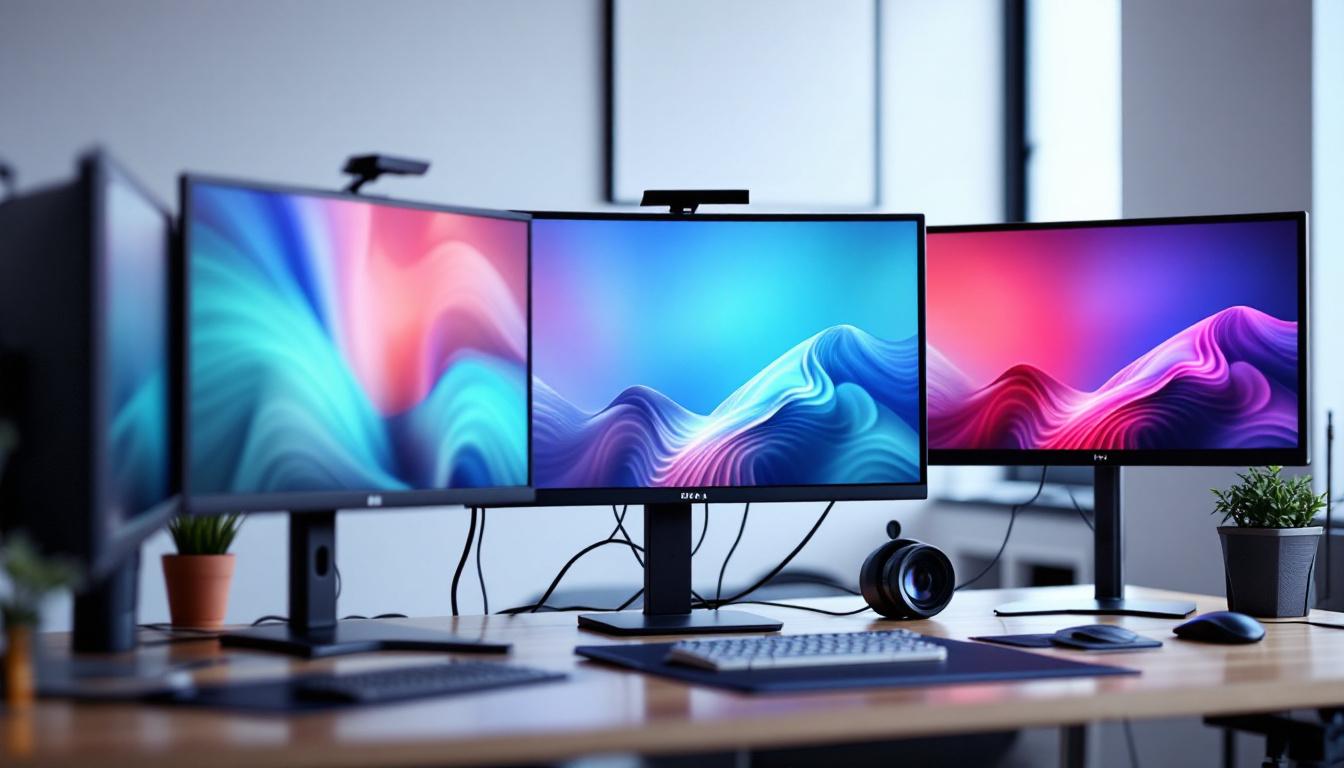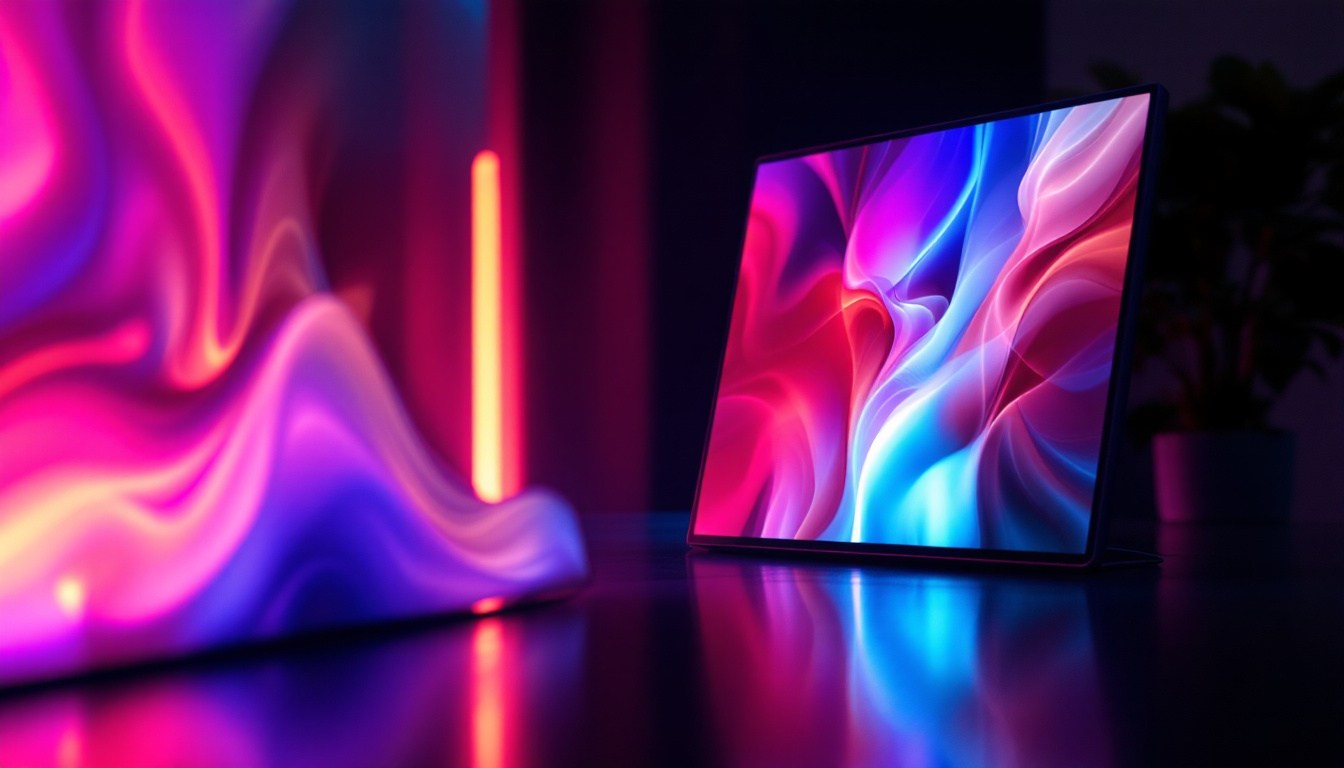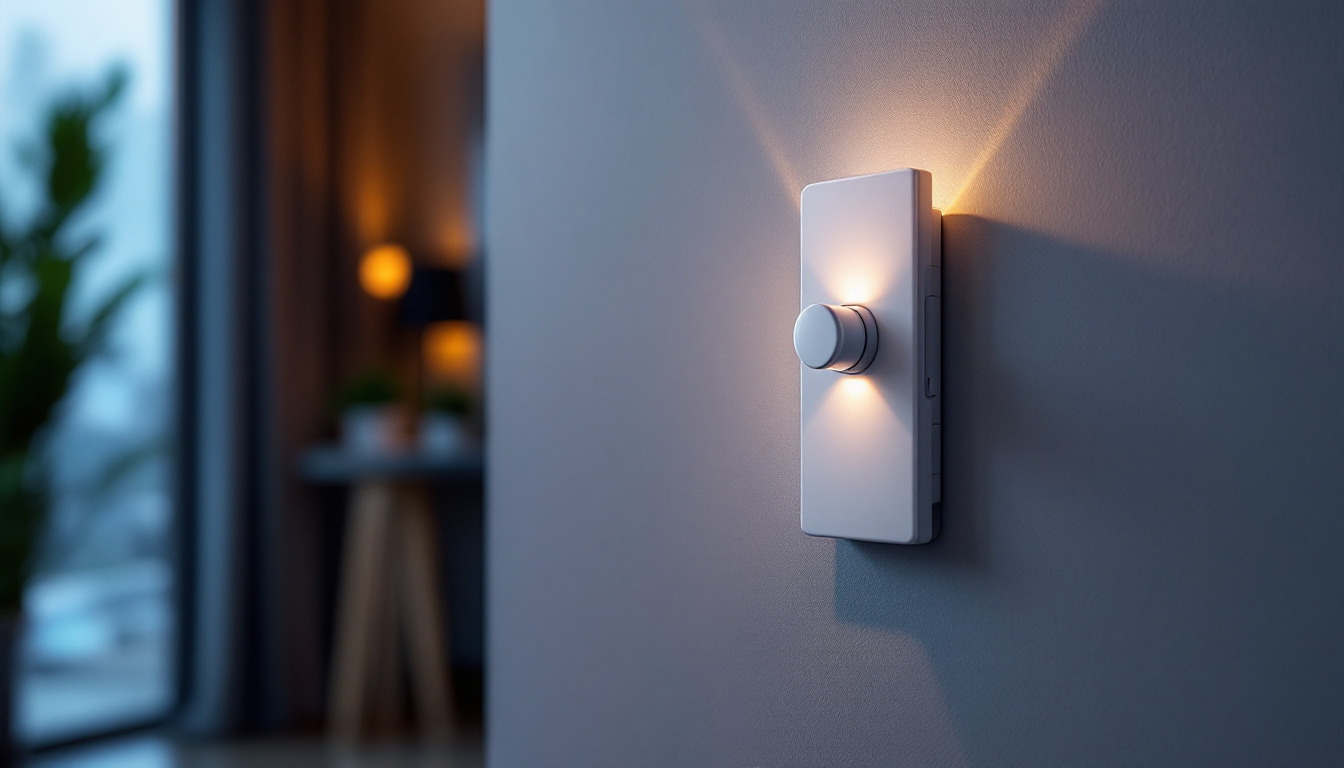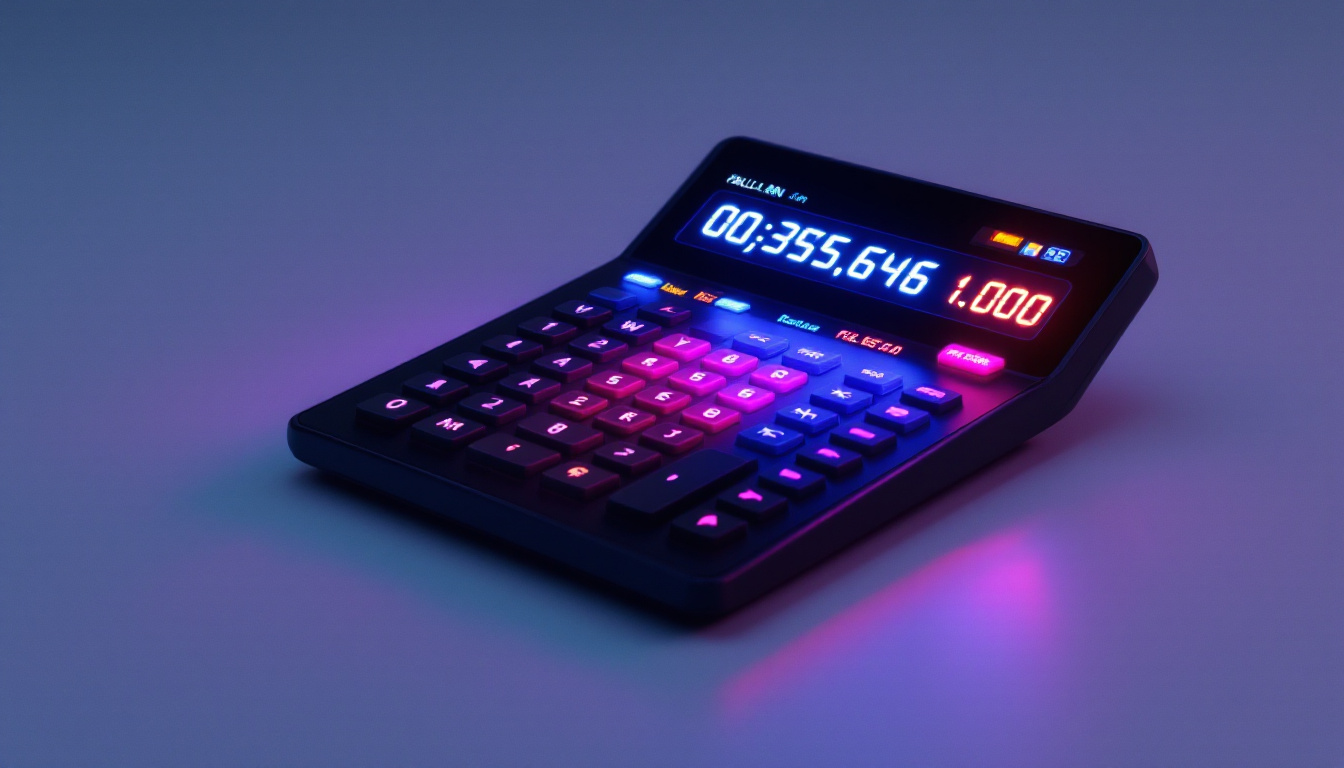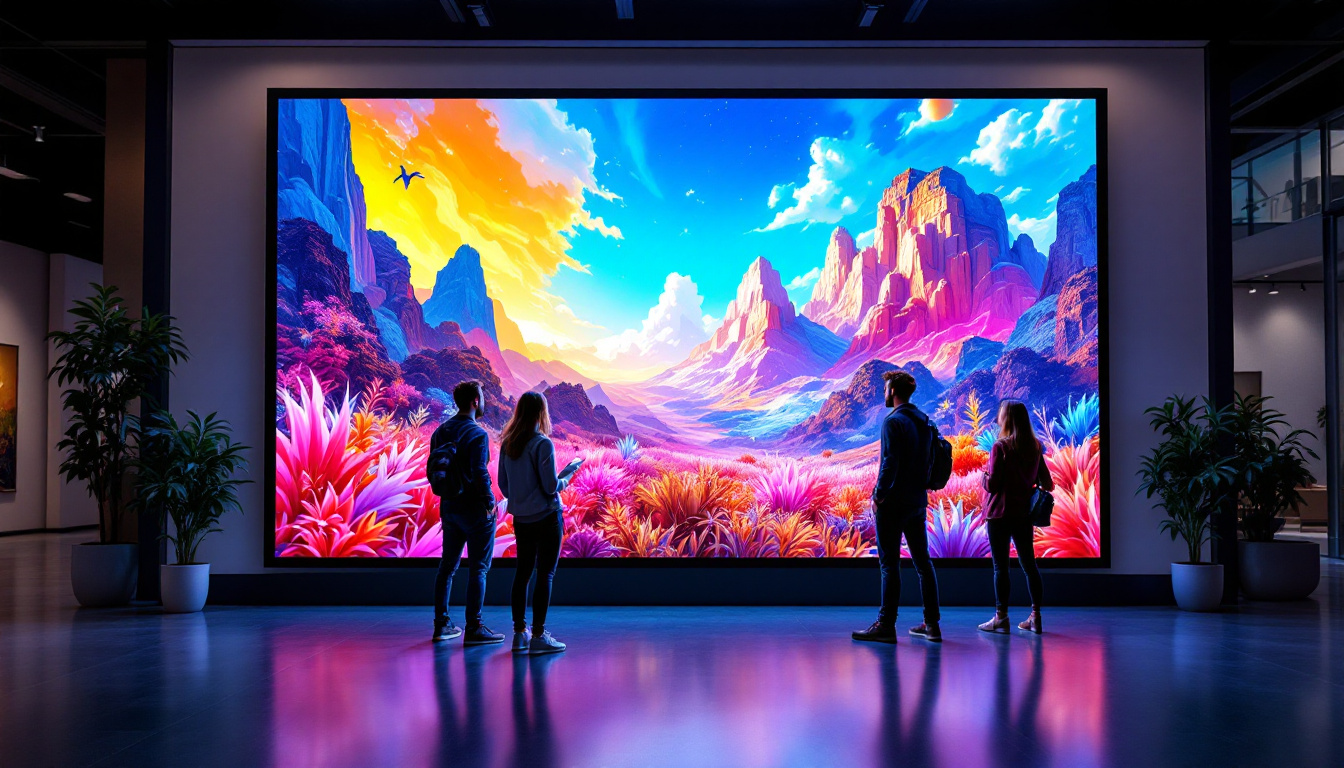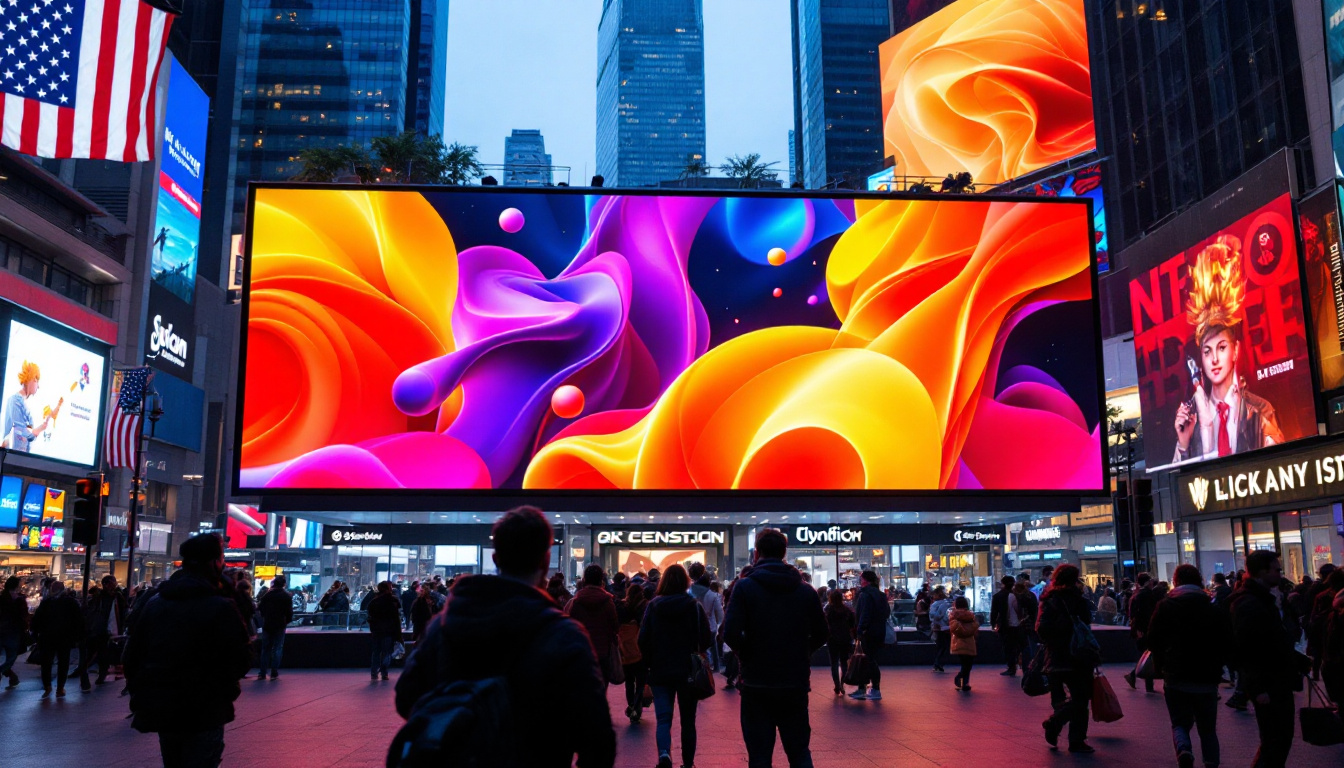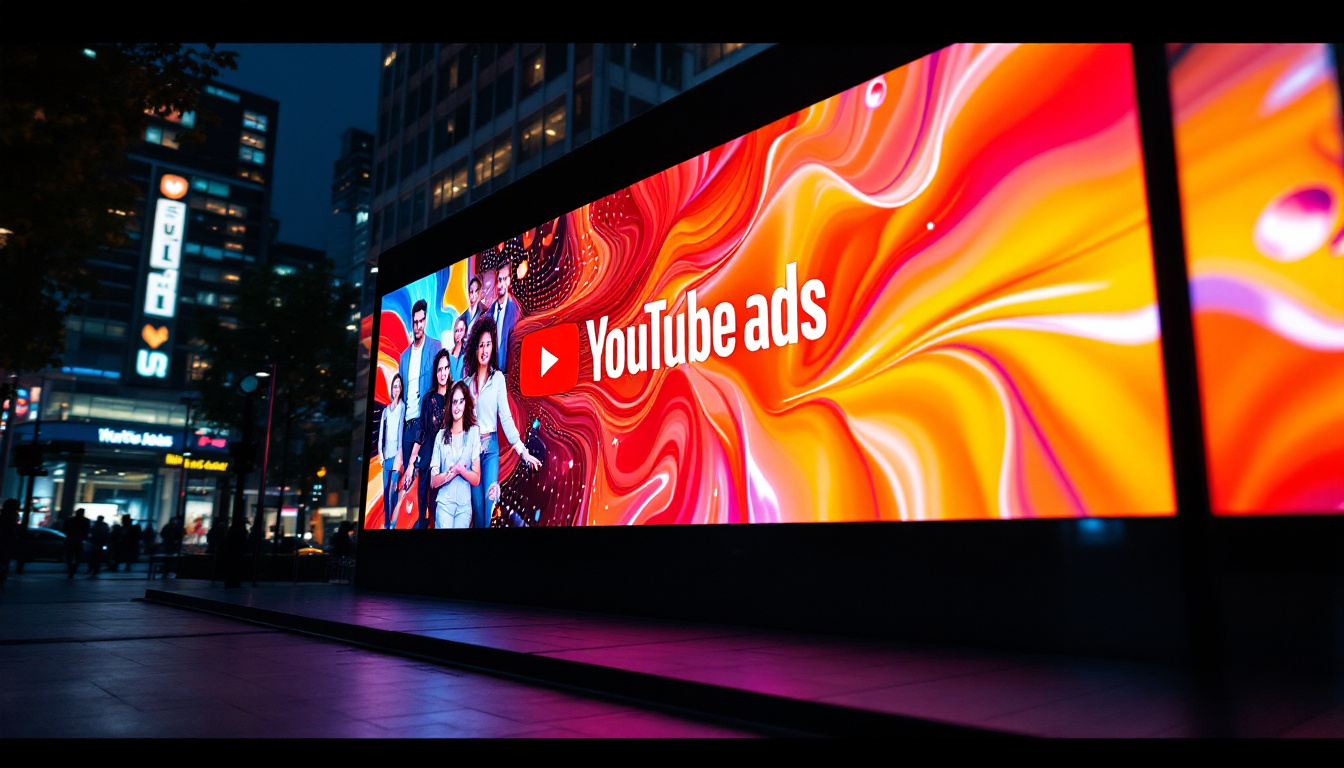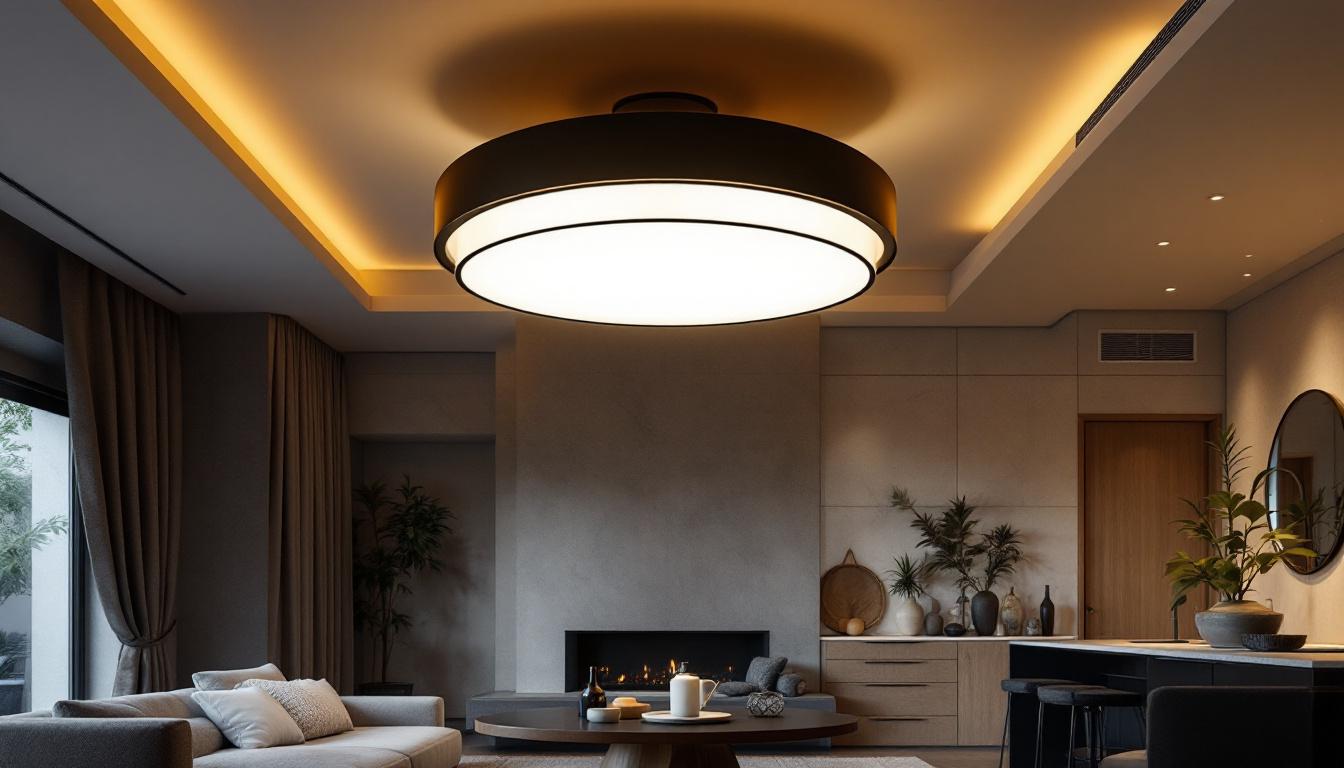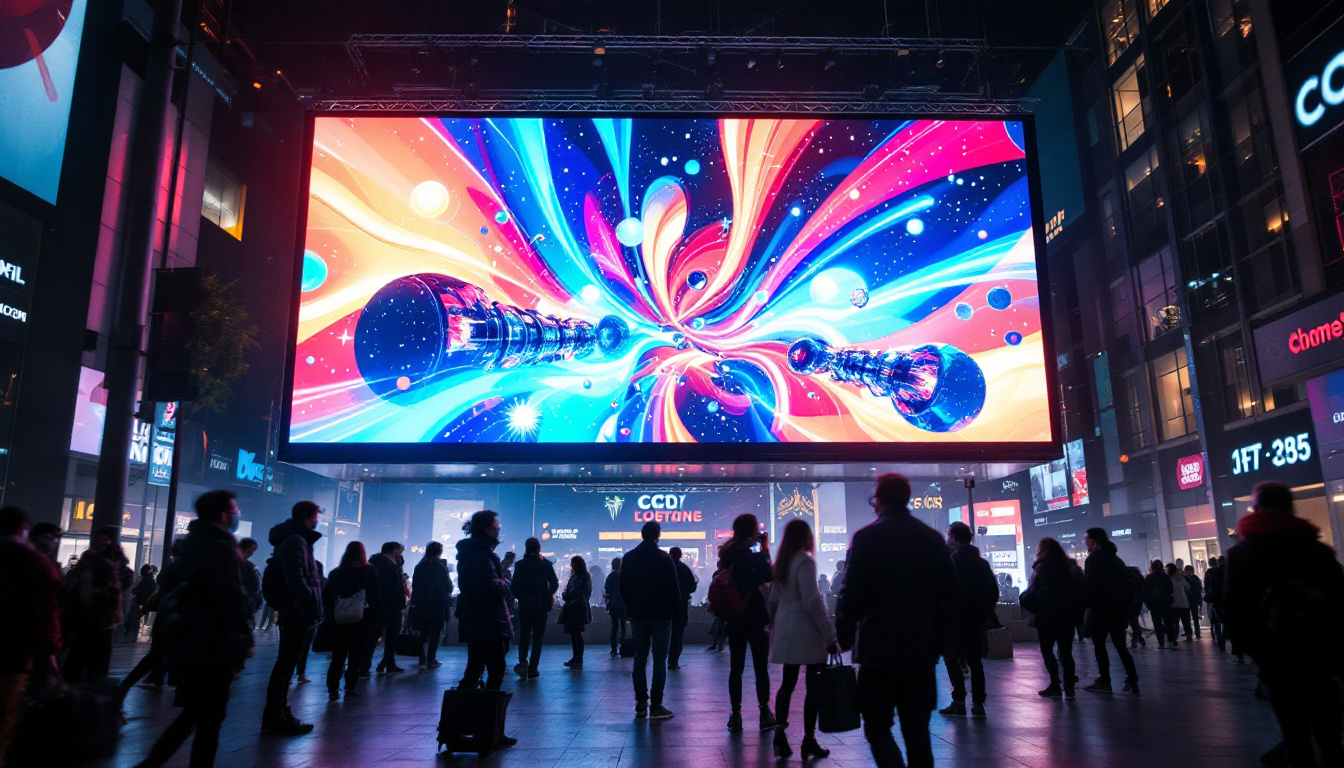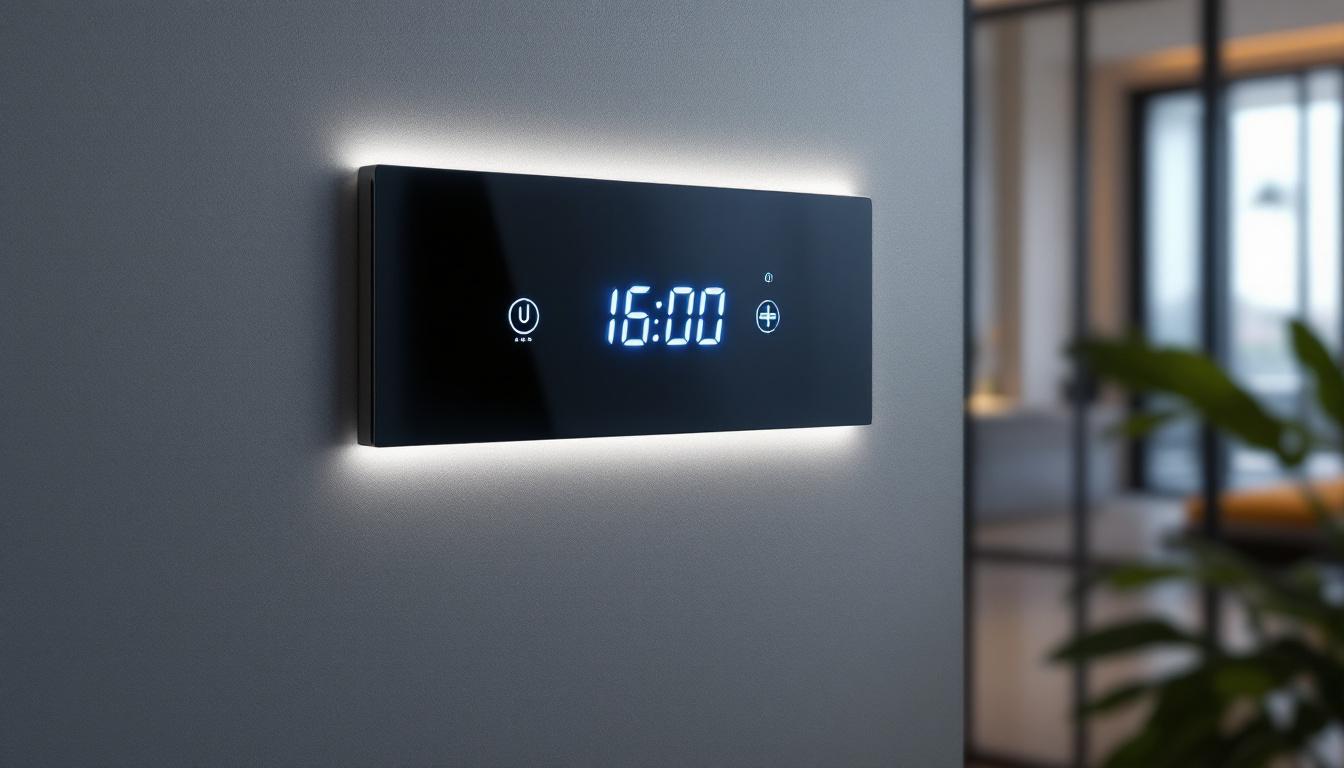In today’s digital era, choosing the right monitor is crucial for both productivity and entertainment. Whether you’re a professional designer, a gamer, or simply someone who spends hours in front of a screen, understanding standard monitor sizes and the technology behind LED displays can greatly enhance your viewing experience. This article delves into the most common monitor sizes, the advantages of LED technology, and practical considerations for selecting the ideal display.
Understanding Monitor Sizes: What Do the Numbers Mean?
Monitor sizes are typically measured diagonally from one corner of the screen to the opposite corner. This measurement is expressed in inches and gives a general idea of the screen’s physical size. However, the size alone doesn’t tell the whole story — factors such as aspect ratio, resolution, and pixel density also play a significant role in how a monitor performs and looks.
For example, a 24-inch monitor with a 16:9 aspect ratio will have different width and height dimensions than a 24-inch ultrawide monitor with a 21:9 ratio. This impacts how much content can be displayed horizontally and vertically, influencing user experience depending on the application.
Common Aspect Ratios and Their Impact
The most prevalent aspect ratio today is 16:9, commonly referred to as widescreen. This ratio is ideal for watching videos, gaming, and general productivity tasks. Ultrawide monitors with a 21:9 ratio are gaining popularity, especially among professionals who need extra horizontal workspace, such as video editors and financial analysts.
Some monitors still use the 16:10 aspect ratio, which offers slightly more vertical space, beneficial for reading documents or coding. Understanding these ratios helps users choose a monitor that fits their specific needs beyond just size.
Standard Monitor Sizes: What Are the Most Popular Options?
Monitor sizes have evolved alongside technology and user demands. While there’s a broad range of sizes available, certain dimensions have become industry standards due to their versatility and ergonomic benefits.
21 to 24 Inches: The Compact Workhorse
Monitors in the 21 to 24-inch range are among the most common for office environments and home use. These sizes strike a balance between screen real estate and desk space, making them ideal for everyday tasks such as web browsing, document editing, and casual gaming.
For instance, a 24-inch LED monitor with Full HD (1920×1080) resolution offers crisp visuals without overwhelming the user. Its affordability and compatibility with most computer setups contribute to its widespread adoption.
27 Inches: The Sweet Spot for Professionals
The 27-inch monitor is often considered the sweet spot for professionals who require more screen space without sacrificing clarity. This size is popular among graphic designers, video editors, and software developers.
When paired with a higher resolution such as Quad HD (2560×1440), a 27-inch monitor provides sharp images and ample workspace for multitasking. The increased pixel density compared to smaller monitors ensures that details are clear, which is essential for precision work.
32 Inches and Above: Immersive and Multitasking Giants
Monitors 32 inches and larger cater to users who prioritize immersive experiences or extensive multitasking capabilities. These displays are favored by gamers seeking panoramic views and by professionals managing multiple windows simultaneously.
Large monitors often come with 4K Ultra HD (3840×2160) resolution, delivering exceptional detail and color accuracy. However, they require more powerful hardware to drive the high pixel count effectively and may not suit smaller desks or close viewing distances.
Ultrawide Monitors: Expanding the Horizon
Ultrawide monitors typically range from 29 to 49 inches diagonally but offer a wider aspect ratio of 21:9 or even 32:9. These displays provide a cinematic field of view, enhancing productivity by reducing the need for multiple monitors.
For example, a 34-inch ultrawide monitor with 3440×1440 resolution offers a seamless workspace ideal for video editing timelines or large spreadsheets. Gamers also benefit from the immersive peripheral vision these monitors provide.
LED Display Technology: How It Works and Why It Matters
LED, or Light Emitting Diode, technology is the backbone of most modern monitors. Understanding how LED displays function and their advantages can help consumers make informed decisions when selecting a monitor.
What Is an LED Monitor?
Despite the name, LED monitors are essentially LCD (Liquid Crystal Display) screens that use LED backlighting instead of the older cold cathode fluorescent lamps (CCFL). The LED backlight illuminates the liquid crystals, which then modulate light to produce images.
This technology offers several benefits over traditional LCDs, including improved brightness, better color accuracy, and energy efficiency. LED backlighting also enables thinner and lighter monitors, which are more aesthetically pleasing and easier to position.
Types of LED Backlighting
There are two primary types of LED backlighting used in monitors: edge-lit and full-array.
- Edge-lit LED: LEDs are placed along the edges of the screen, allowing for thinner designs but sometimes resulting in uneven brightness or less precise local dimming.
- Full-array LED: LEDs are distributed evenly behind the entire screen, enabling better control of brightness and contrast through local dimming zones. This results in deeper blacks and improved HDR (High Dynamic Range) performance.
Choosing between these depends on budget and intended use. Full-array LED monitors tend to be more expensive but offer superior image quality.
Advantages of LED Monitors
LED technology brings several advantages that have made it the standard for modern monitors:
- Energy Efficiency: LED backlights consume less power than CCFLs, reducing electricity costs and environmental impact.
- Improved Brightness and Contrast: LEDs can achieve higher brightness levels and better contrast ratios, enhancing image clarity and color vibrancy.
- Longer Lifespan: LEDs generally last longer than traditional backlighting, providing a more durable and reliable display.
- Thinner and Lighter Designs: The compact size of LEDs allows manufacturers to create sleek, lightweight monitors that save desk space.
Choosing the Right Monitor Size and LED Features for Your Needs
With a clear understanding of standard monitor sizes and LED technology, the next step is to match these specifications to your specific use case. Different users have distinct requirements that influence the best choice of monitor.
For Office and Everyday Use
If your primary tasks involve word processing, spreadsheets, and web browsing, a 21 to 24-inch monitor with Full HD resolution is typically sufficient. LED monitors in this range provide clear text and comfortable viewing angles without overwhelming your workspace.
Consider models with flicker-free technology and blue light filters to reduce eye strain during long working hours. Adjustable stands for height and tilt can also improve ergonomic comfort.
For Creative Professionals
Graphic designers, photographers, and video editors benefit from larger monitors (27 inches and above) with higher resolutions such as Quad HD or 4K. Color accuracy is paramount, so look for monitors that support wide color gamuts like Adobe RGB or DCI-P3 and come factory-calibrated.
Full-array LED backlighting with local dimming enhances contrast and HDR capability, crucial for detailed visual work. Additionally, ultrawide monitors can offer expanded workspace for complex timelines and multitasking.
For Gamers
Gaming monitors typically range from 24 to 32 inches, with ultrawide options becoming increasingly popular. High refresh rates (120Hz, 144Hz, or higher) and low response times are critical for smooth gameplay.
LED monitors with full-array backlighting and HDR support provide vibrant visuals and deeper blacks, adding to immersion. Features like G-Sync or FreeSync technology help eliminate screen tearing and stuttering.
For Multitaskers and Power Users
Users who juggle multiple applications simultaneously often prefer larger or ultrawide monitors to maximize screen real estate. A 34-inch ultrawide or dual-monitor setups can significantly enhance productivity by reducing the need to switch between windows.
Look for LED monitors with high resolution and ergonomic adjustability to maintain comfort during extended use. USB-C connectivity and built-in KVM switches are additional conveniences for complex workstation setups.
Future Trends in Monitor Sizes and LED Technology
The monitor industry continues to evolve rapidly, driven by advances in display technology and changing user demands. Several trends are shaping the future landscape of LED monitors.
Increasing Adoption of OLED and Mini-LED
While LED-backlit LCDs dominate the market, OLED (Organic Light Emitting Diode) and Mini-LED technologies are gaining traction. OLED monitors offer perfect blacks and exceptional color accuracy by emitting light at the pixel level, though they currently come at a premium price.
Mini-LED technology enhances traditional LED backlighting by using thousands of tiny LEDs, providing better local dimming and HDR performance without the burn-in risks associated with OLED.
Higher Resolutions and Refresh Rates
4K resolution is becoming standard for mid-to-large monitors, with 5K and 8K displays emerging for specialized professional use. Simultaneously, refresh rates continue to climb, benefiting gamers and professionals who require ultra-smooth motion rendering.
Curved and Flexible Displays
Curved monitors improve immersion and reduce eye strain by matching the natural curvature of the eye. Flexible and foldable displays are also in development, potentially revolutionizing how monitors fit into various environments.
Conclusion
Choosing the right monitor size and understanding LED display technology are essential steps in optimizing your digital workspace or entertainment setup. Standard monitor sizes range from compact 21-inch models to expansive ultrawide and 4K displays, each catering to different needs and preferences.
LED technology has transformed monitors by delivering brighter, more energy-efficient, and visually superior displays. By considering factors such as resolution, aspect ratio, backlighting type, and intended use, users can select a monitor that enhances productivity, creativity, or gaming enjoyment.
As display technologies continue to advance, staying informed about emerging trends like OLED, Mini-LED, and higher refresh rates will help consumers make future-proof investments. Ultimately, the right monitor is one that balances size, performance, and comfort to suit individual workflows and lifestyles.
Discover the Future of Visual Displays with LumenMatrix
Ready to take your visual experience to the next level? LumenMatrix is at the forefront of LED display innovation, offering a wide array of solutions to meet your every need. From immersive Indoor LED Wall Displays to dynamic Outdoor LED Wall Displays, and from versatile Vehicle LED Displays to sleek LED Poster Displays, our technology is designed to captivate and engage. Whether you’re looking to enhance your brand’s visibility, create a stunning visual experience, or simply want to upgrade your digital workspace, LumenMatrix has the cutting-edge solution for you. Check out LumenMatrix LED Display Solutions today and see how we can transform your space with clarity and impact.

